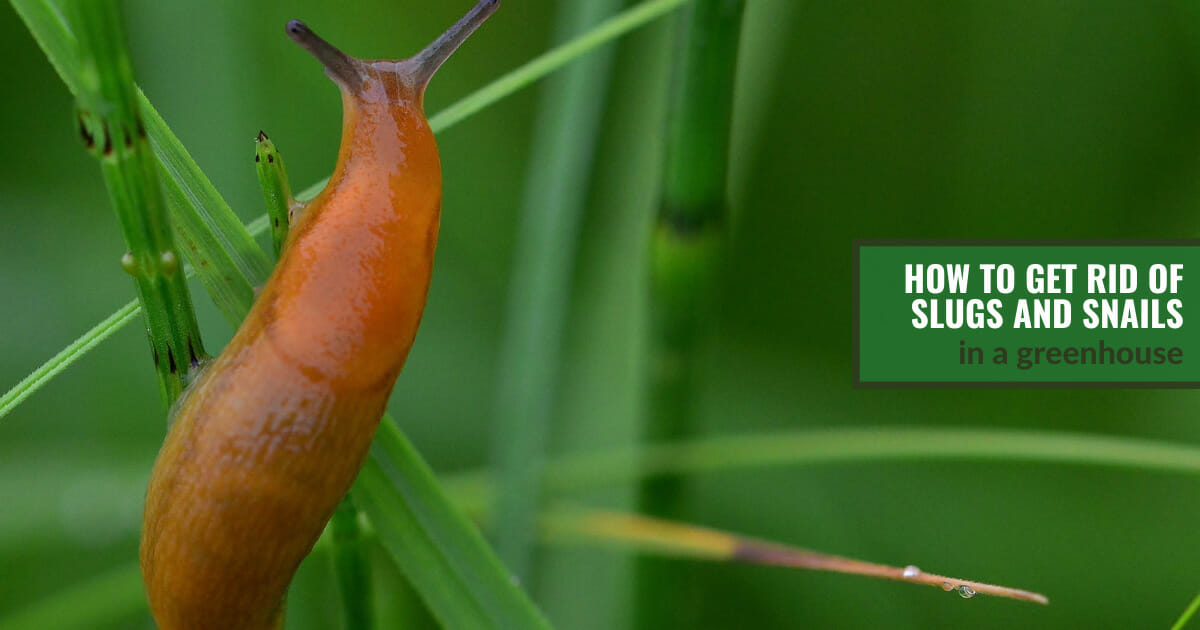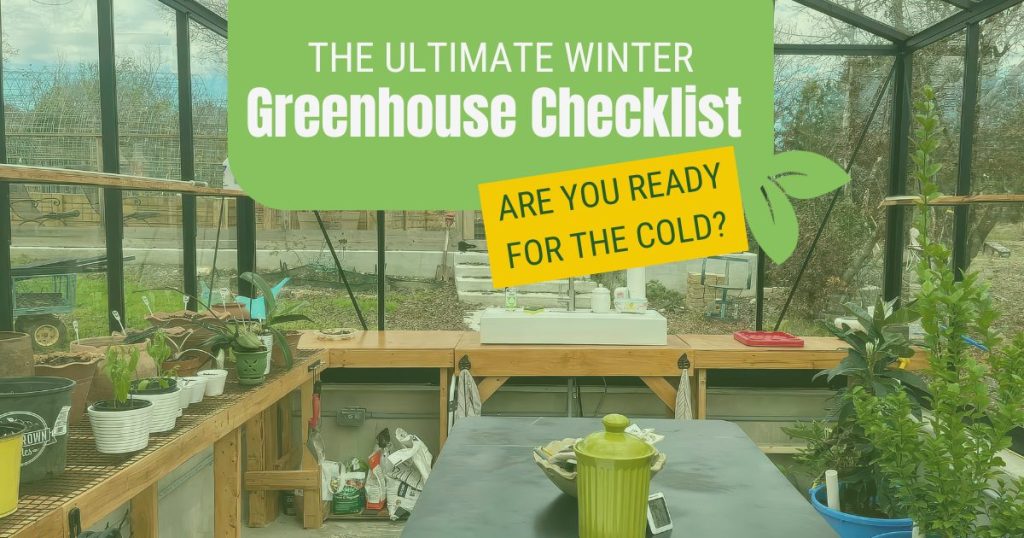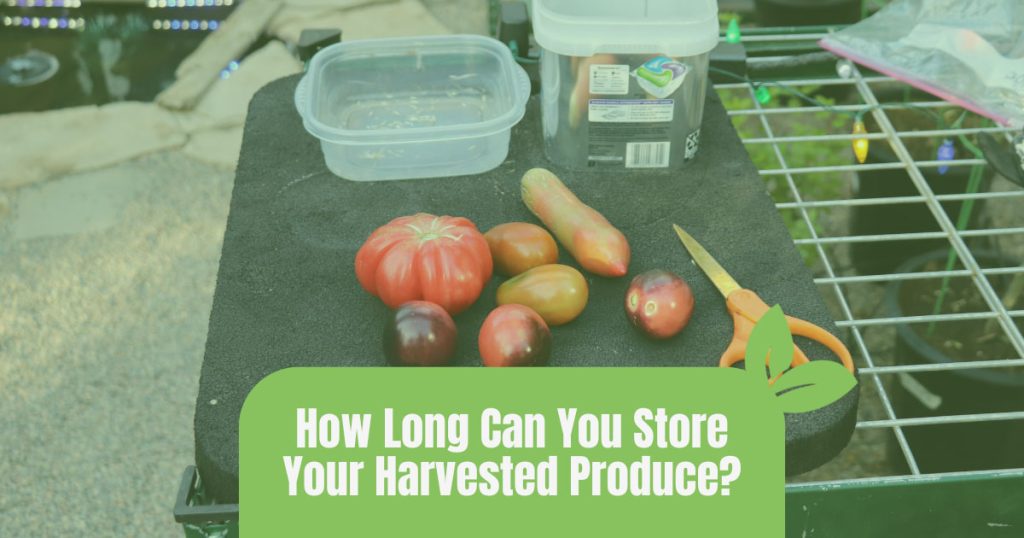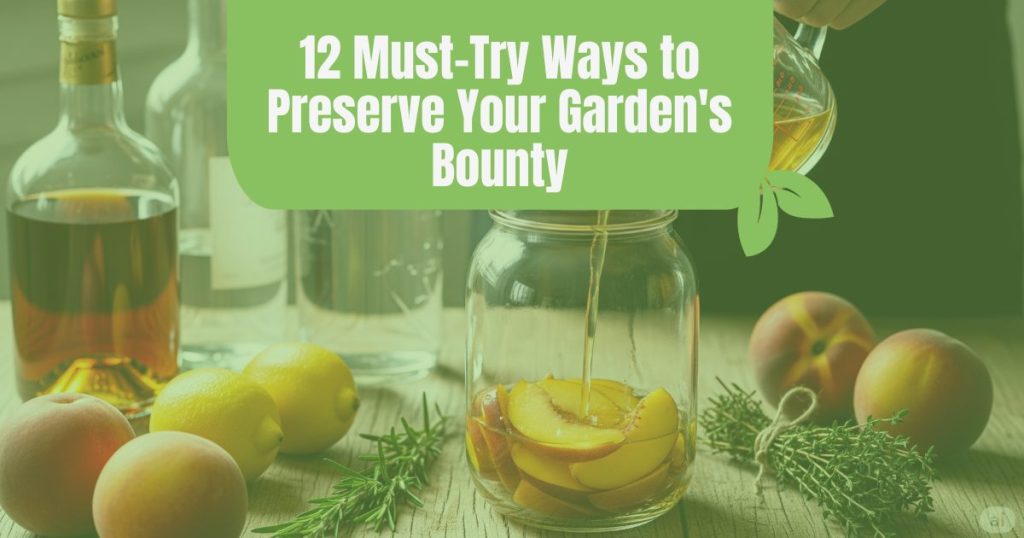
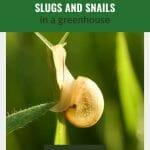

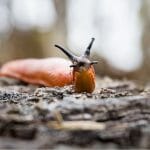

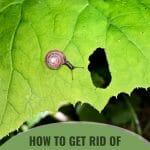
Finding slugs and snails in your greenhouse can be frustrating, especially since one of the advantages of greenhouse gardening is protection from the elements and pests. Unfortunately, it can be hard to keep slugs or snails out of greenhouses completely. Even more challenging is getting rid of them, especially if you’re growing tasty plants and want to use safe and natural methods of control.
The best way to get rid of slugs and snails in a greenhouse is by creating a natural barrier with diatomaceous earth and organizing your greenhouse to make it a less desirable space. You can also use slug and snail deterrents such as seaweed mulch, sand, parasitic nematodes, and pest-repellent herbs.
Ultimately, understanding slug and snail behavior will help you find the best method or combination of methods to get rid of them for good. Continue reading to learn how to keep your greenhouse free of slugs and snails!
What’s the difference between slugs and snails?
Unlike other common greenhouse pests, slugs and snails are invertebrate mollusks, not insects. Their soft bodies are primarily composed of water, so they thrive in moist conditions. But what sets them apart from one another?
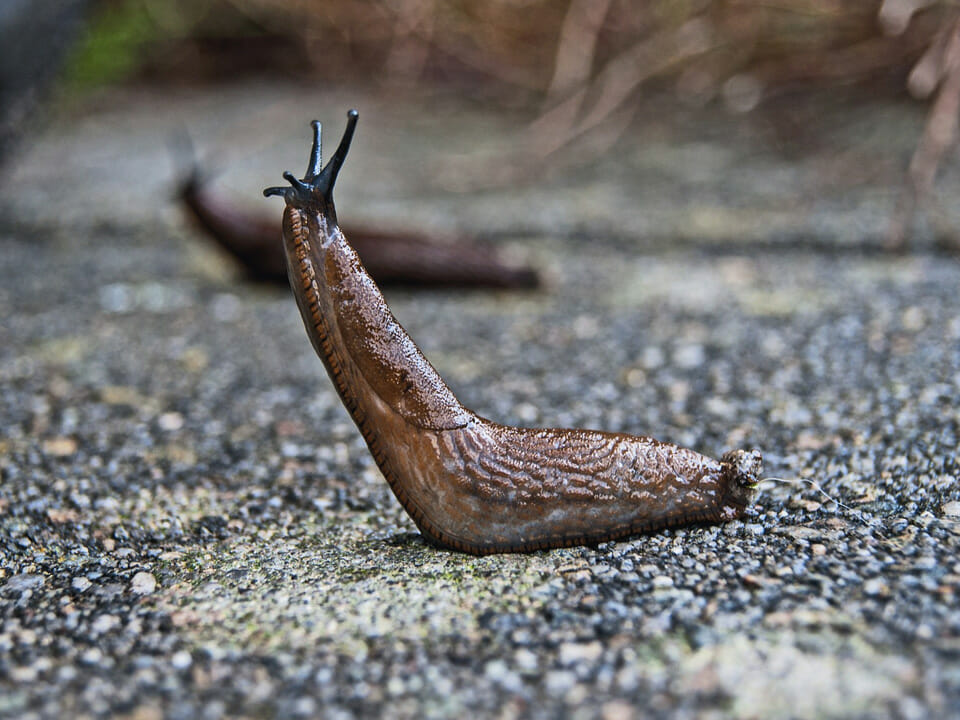
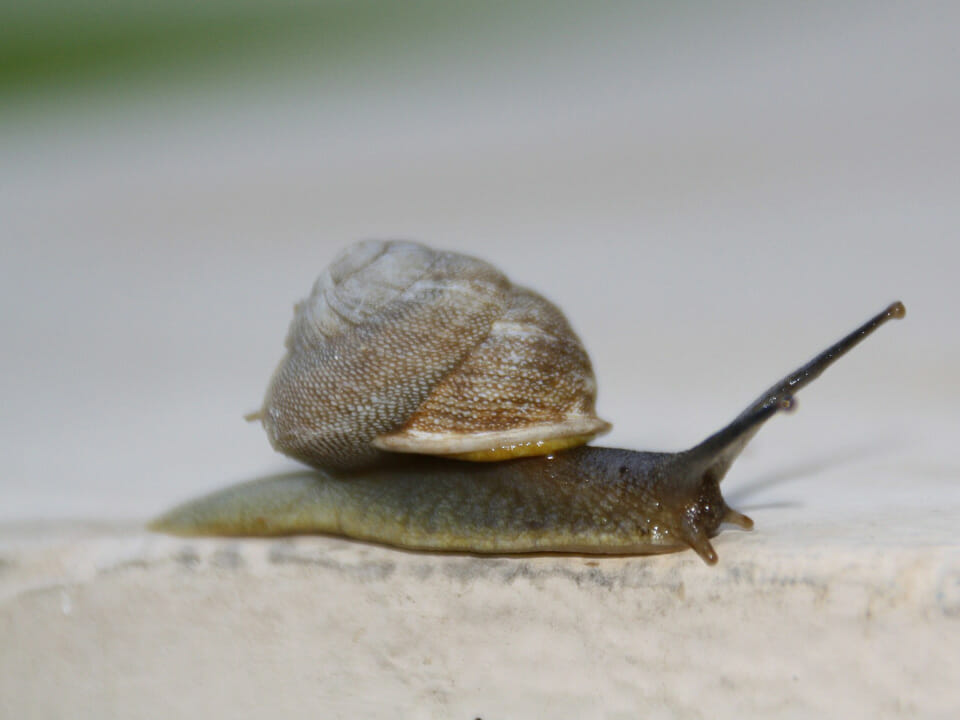
Slugs are shell-less gastropods that usually live underground and can quickly munch their way through a garden. The term generally refers to terrestrial slugs, though marine gastropods are sometimes referred to as sea slugs.
Snails on the other hand refer to gastropods that have coiled shells, large enough to cover the animals when they retract inside.
Slugs and snails excrete two types of mucus, one covering their body and one that allows them to move around. The mucus they produce beneath them to help them move around offers a reasonable degree of protection as they move around. This slippery mucus also doesn’t taste very good, offering them some defense from predators such as birds.
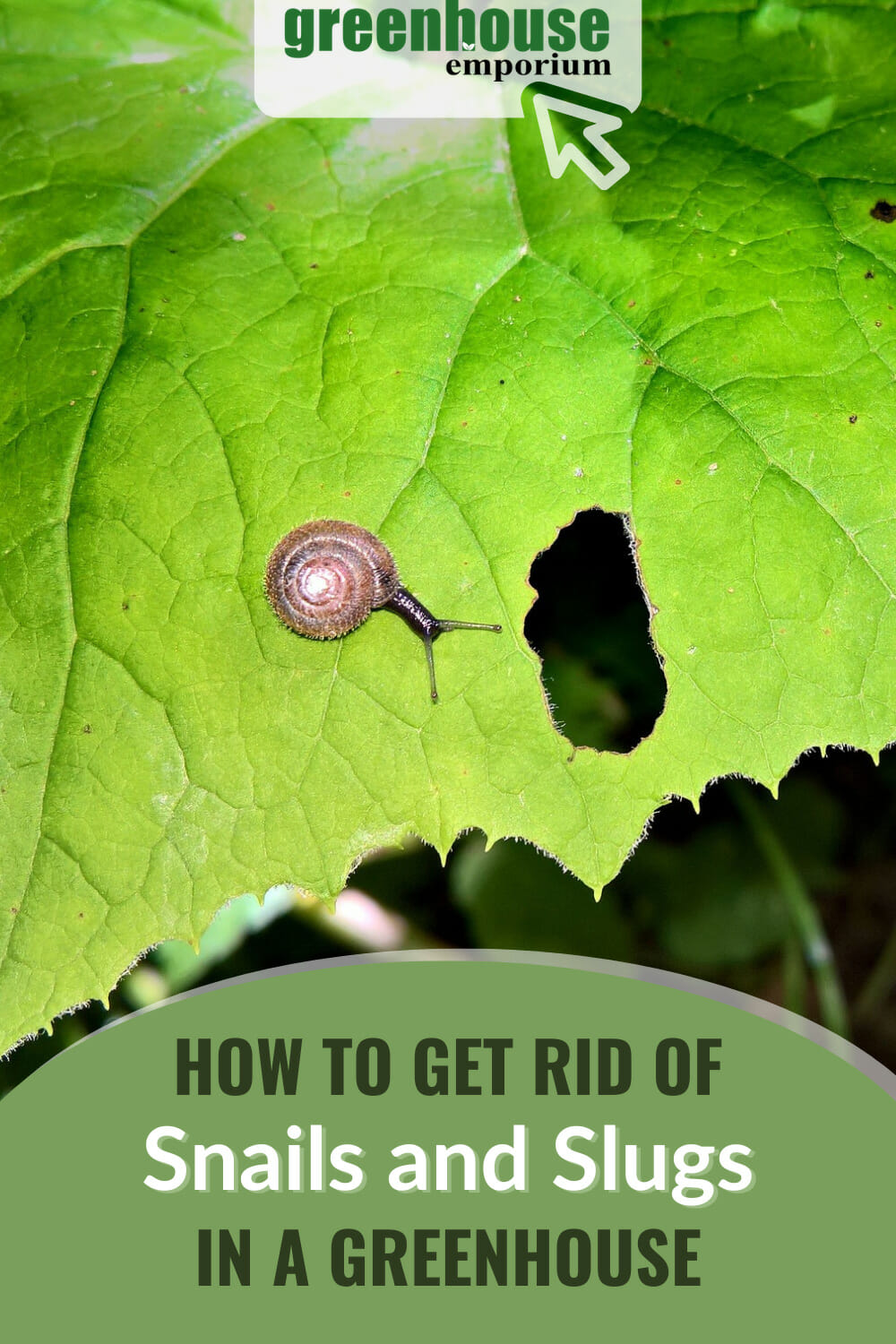
How to tell if you have slugs or snails in your greenhouse
It’s important to know if slugs and snails have made their way into your greenhouse. Not only are greenhouses generally warm and humid, but they’re free of birds and other natural predators of slugs and snails. If allowed to reproduce, these gastropods can multiply quickly and wreak havoc on your plants with their voracious appetites!
To find out if you have slugs or snails lurking in your greenhouse, check under logs or planters (or other dark, moist spaces). They’re most active at night so you can also grab a flashlight and inspect your plants for these pests when it’s dark.
Catching them red-handed isn’t easy, so you can also check your plants’ leaves for damage. Slugs and snails typically chew rounded holes in tender leaves. You can also look for their signature slime trails.
What types of plants do slugs and snails love?
Both slugs and snails love tender plants, and while nearly all foliage is appealing, they especially love leafy plants such as lettuce, cabbage, peas, and radishes.
They’ll also go after fruit, including strawberries, zucchini, or cucumbers, so make sure to pick ripe fruit as soon as possible! Most seedlings have reasonably tender foliage, so these are probably the most vulnerable targets and require additional protection.

Slugs and snails are also known to feed on certain organic matter such as compost and decaying plant matter, which can become a concern if your plants aren’t receiving enough nutrients.
Six ways to get rid of slugs and snails in your greenhouse
If you’ve identified the presence of slugs and snails in your greenhouse, it’s important to act as soon as possible! But you may wonder how to get rid of slugs and snails in a greenhouse before they damage your crop. Below we’ve included our top natural slug and snail repellents. For best results in keeping your greenhouse free of these hungry pests, make sure to combine multiple methods!
While these methods should help keep slugs and snails at bay, it’s important to physically remove any that you find in your greenhouse. You can drop them in a bucket of soapy water, or simply relocate them far away from your greenhouse.
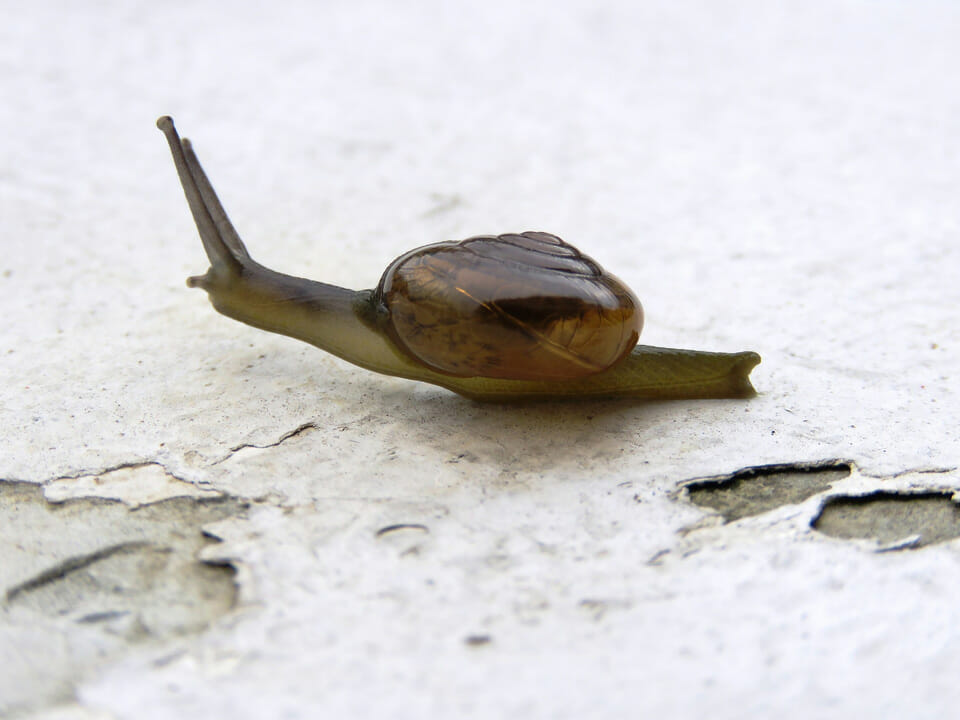
Now here are our top 6 methods for getting rid of slugs and snails:
1. Greenhouse organization
Greenhouses can be an ideal environment for slugs and snails, so you must take measures to keep your space as tidy and dry as possible. Eliminate breeding ground opportunities so that even if a few manage to get in, they’ll have a hard time multiplying.
Keep your greenhouse floor free of garbage, plant litter, or any unnecessary planks or planters where slugs and snails can hide.
Plants that are close together can increase moisture levels and create clusters of dense foliage where slugs and snails can easily hide. Make sure to leave plenty of space between plants, giving the pests fewer places to hide.
If your greenhouse has a door, try to keep it closed whenever possible. Seal any cracks or holes that you find in your greenhouse to further reduce the chances of slugs and snails getting inside!
Finally, avoid watering your plants at night in order to reduce damp conditions at a time when slugs and snails are most active.
2. Diatomaceous earth
Diatomaceous earth (DE) can be an effective deterrent for slugs and snails. Diatomaceous earth is very dry, so slugs and snails would rather not get it on themselves. You can simply create a barrier of DE around your plants or beds to protect them from slugs and snails.
One of the drawbacks of Diatomaceous Earth is that it is no longer effective when wet. While your greenhouse is reasonably protected from rain, be sure to monitor and reapply if the barrier becomes wet.
Our recommendation for Diatomaceous Earth
We are using HARRIS Diatomaceous Earth – Crawling Insect Killer in our house & garden.
3. Sand
Sand can also be an effective deterrent for slugs and snails. Dry, gritty sand, similar to Diatomaceous Earth, is unappealing for snails and slugs. Sprinkle a thick barrier of sand 3-4 inches away from the plants you’d like to protect. As with DE, make sure to reapply if conditions become wet.
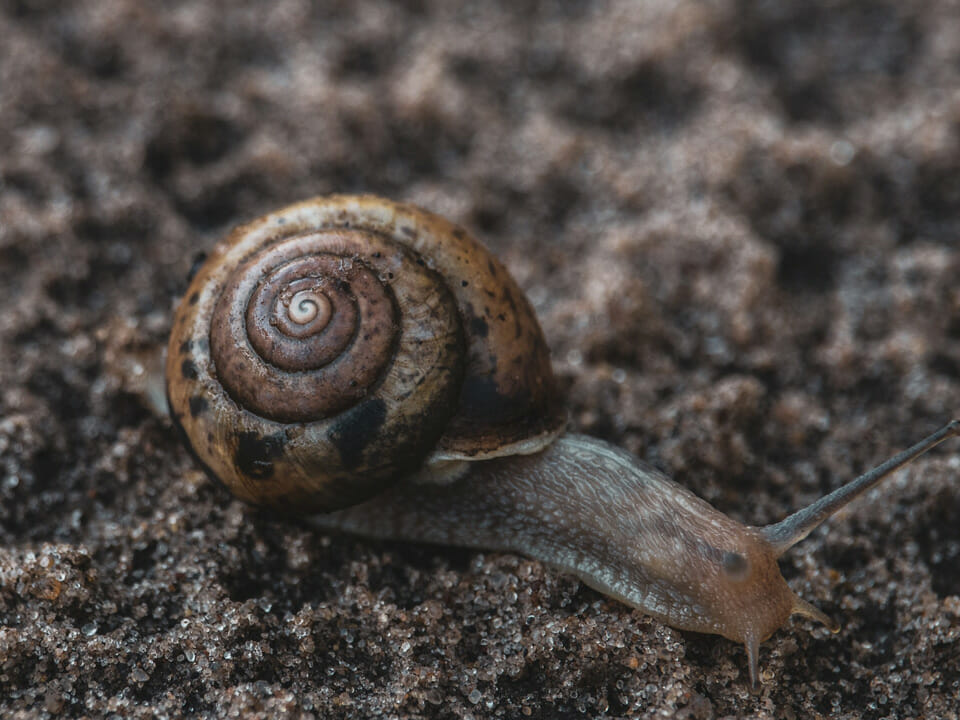
4. Plant deterrents
For an easy and attractive solution, you can try planting aromatics that are known to naturally repel pests including slugs and snails. Planting these near your particularly attractive soft tissue plants may help steer away the slugs and snails. As a bonus, you get a few extra delicious herbs growing in your greenhouse to enjoy!
Here are just a few of our favorites:
- Thyme
- Rosemary
- Fennel
- Anise
- Wormwood
- Parsley
- Mint (make sure to keep your mint in a container to prevent it from spreading)
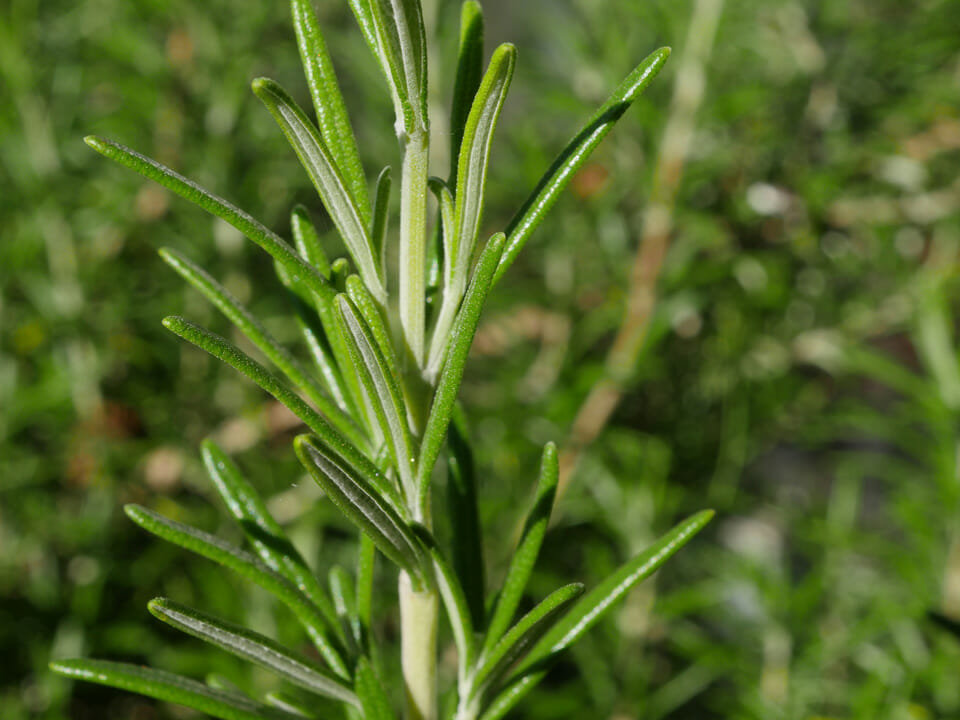
5. Parasitic nematodes
Phasmarhabditis hermaphrodita is a parasitic nematode that specifically targets slugs and snails. While they are safe for use around your greenhouse plants and even pets, they will attack slugs and snails and use them as a host to reproduce. The targeted slug or snail will die after a few weeks of infection, during which time its feeding is drastically reduced.
These nematodes thrive in moist soil and are sensitive to temperature extremes, but this is more of a concern when applied outdoors. You can find parasitic nematodes at your local garden center or even online.
6. Seaweed mulch
Using seaweed as a mulch can be a great slug and snail deterrent. It differs from other garden mulches because it is salty which can dry out slugs and snails. Seaweed also has an iodine odor that repels a number of pests.
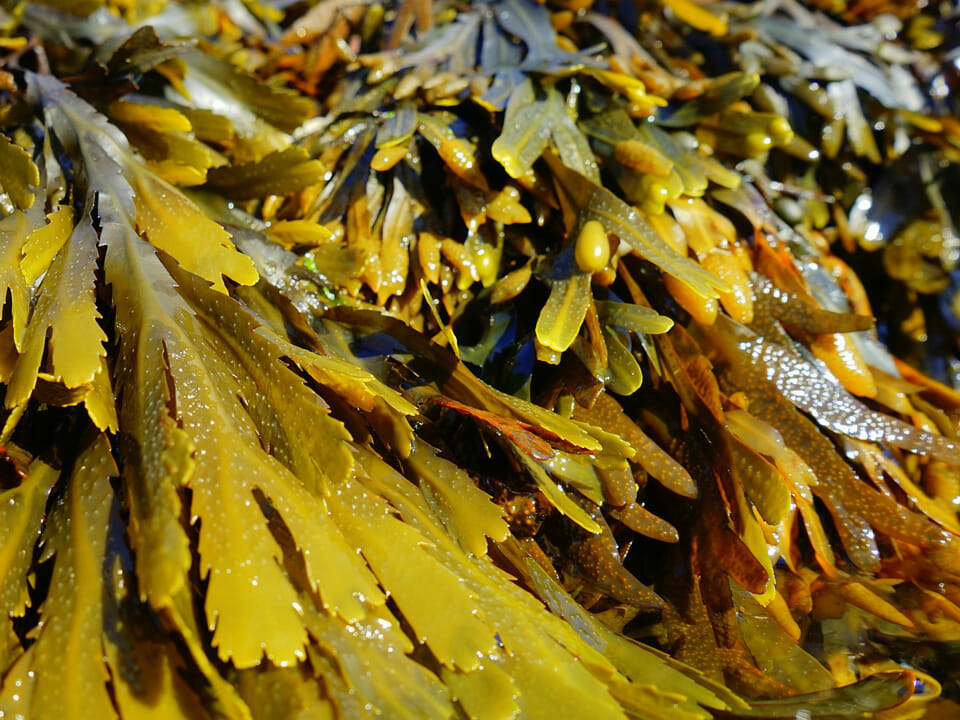
A great bonus to using seaweed mulch is that it makes an excellent nutrient-dense compost!
Slug and snail deterrents that are less effective
There are many different methods that gardeners use to try to get rid of slugs and snails. However, not all of them will keep your greenhouse free of slugs and snails. Of course, we won’t stop you trying these methods, but make sure to combine them with at least one of the above methods to effectively keep your greenhouse free of those pesky slugs and snails!
Mulch
Adding a layer of mulch to your garden can help keep the top layer around your plants dry. Because slugs and snails prefer to move around on moist surfaces, some people think of mulch as an effective repellent.
However, as soon as the mulch becomes moist, slugs and snails have no problem climbing across it. The layer of mucus that they use to get around also protects them from the sharp edges of bark or wood chips.
You can try increasing the effectiveness of this method by watering in the morning, making it so the mulch is dry again by nighttime.
Eggshells and coffee grounds
Many insist that adding a barrier of crushed eggshells or coffee grounds around your plants is an effective slug or snail deterrent. However, slugs and snails are protected from the sharp edges of these materials by their slimy mucus.
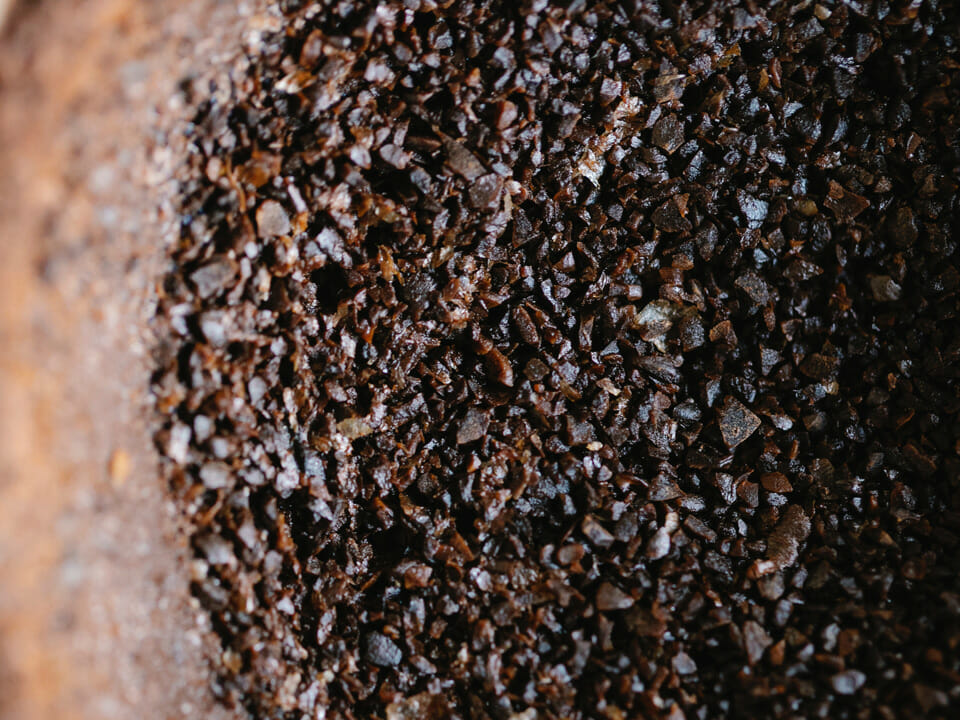
At the same time, eggshells and coffee grounds are a good addition to your garden soil, so you can test this theory for yourself with no harm.
Beer traps
If you’ve never heard of using beer traps for slugs and snails, it’s the practice of digging a small hole in the ground and placing a cup of beer inside. The theory is that slugs and snails are highly attracted to the yeast in beer, fall inside the cup and drown. Many gardeners have reason to believe that beer traps do work because you’ll likely find a few slugs in those traps in the morning.
Unfortunately, the number of slugs attracted to the beer in the first place doesn’t compare with the amount that falls into the trap. Some people have set cameras up to test this theory and find hundreds of slugs attracted to the beer, but only a couple that actually fall into the cup.
When it comes to keeping your greenhouse free of slugs and snails, it’s much more effective to make your space less desirable in the first place instead of trying to trap them.

